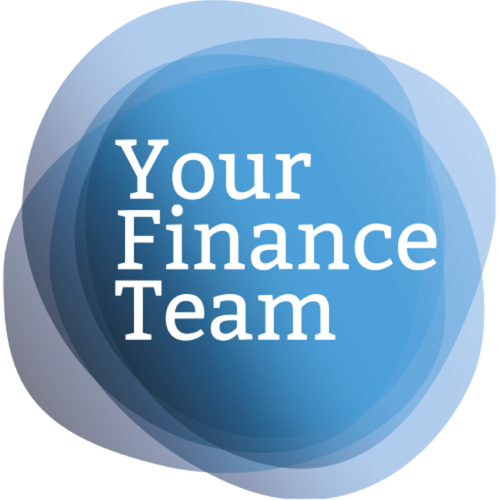Getting the pricing strategy right for professional services such as architecture, design, and IT services can be challenging. The competition is tough, and customers are consistently demanding increased quality and tighter delivery timescales.
With this in mind, the most important factor to consider when determining your pricing strategy is its ability to drive profitability.
But what pricing strategies are out there? And what should you consider when determining which is best for your service?
Pricing Strategies and Considerations
There are a few pricing strategies out there that are popular with professional services; however, the one that will work best for you is largely dependent on the service you offer and the cost of doing so.
Hourly Rates
Charging by the hour for your professional service can result in positive profit margins as it ensures that you are covering the cost of the exact time spent on the project. However, this is only possible if customers are comfortable with hourly rates. Often, hourly rates act as a deterrent to customers as there is some level of uncertainty about the overall cost to them.
This should be a key consideration when determining your pricing strategy.
Fixed Pricing
Fixed or package pricing resolves the aforementioned cost uncertainty issue and can, again, result in a positive profit margin if done correctly. However, fixed pricing does not always account for differentiation between projects and workload.
Suppose your professional service is architecture, for example. In that case, two customers may fall into the same pricing bracket for the overall workload their project will require, but the levels of difficulty involved in completion may differ. Consider how you will factor in differentiation to avoid profit loss.
Value Pricing
Value pricing is fast becoming the most popular pricing strategy for professional service providers. This type of pricing takes into consideration not only the costs to you as a business but the value your service will provide to the customer. It also allows you to factor in fees to cover the value of your skills and time, not just the end result.
Considerations for Value Pricing
- Understand your customer – what is their perceived value of your service? How much are they willing to pay? Can you include anything within your service that will increase their perceived value, allowing you to up your prices and increase profitability?
- Know your company – how will an increase in price impact demand? If demand is lower, will the increased price cover the loss?
- Evaluate your competition – is value pricing working for them? How do they determine value? How does your perceived value differ from theirs?
Ability to Segment Prices
In considering pricing for your professional services, it is also possible to segment prices. This involves offering the same or a similar service at alternative prices, depending on perceived value from different customers.
For this type of pricing strategy, it is important to look at your market first and segment this accordingly, with pricing decisions based on which customers will be willing to pay more for the same service. For example, an already established business may be willing to pay more for your Web Design services, whereas a start-up business may be less inclined to do so.
Price segmentation is an effective pricing strategy for driving profitability as it enables you to capture a wider target market without reducing prices overall.
When determining a pricing strategy for your professional service that will drive profitability, consider all your options. The four strategies mentioned all have the potential to drive profitability, but it is important to acknowledge that what works well for one service may be incompatible with another.
If you’re struggling to determine the right pricing strategy for your professional service, get in touch with Your Finance Team. We’d be more than happy to provide you with some additional guidance.

